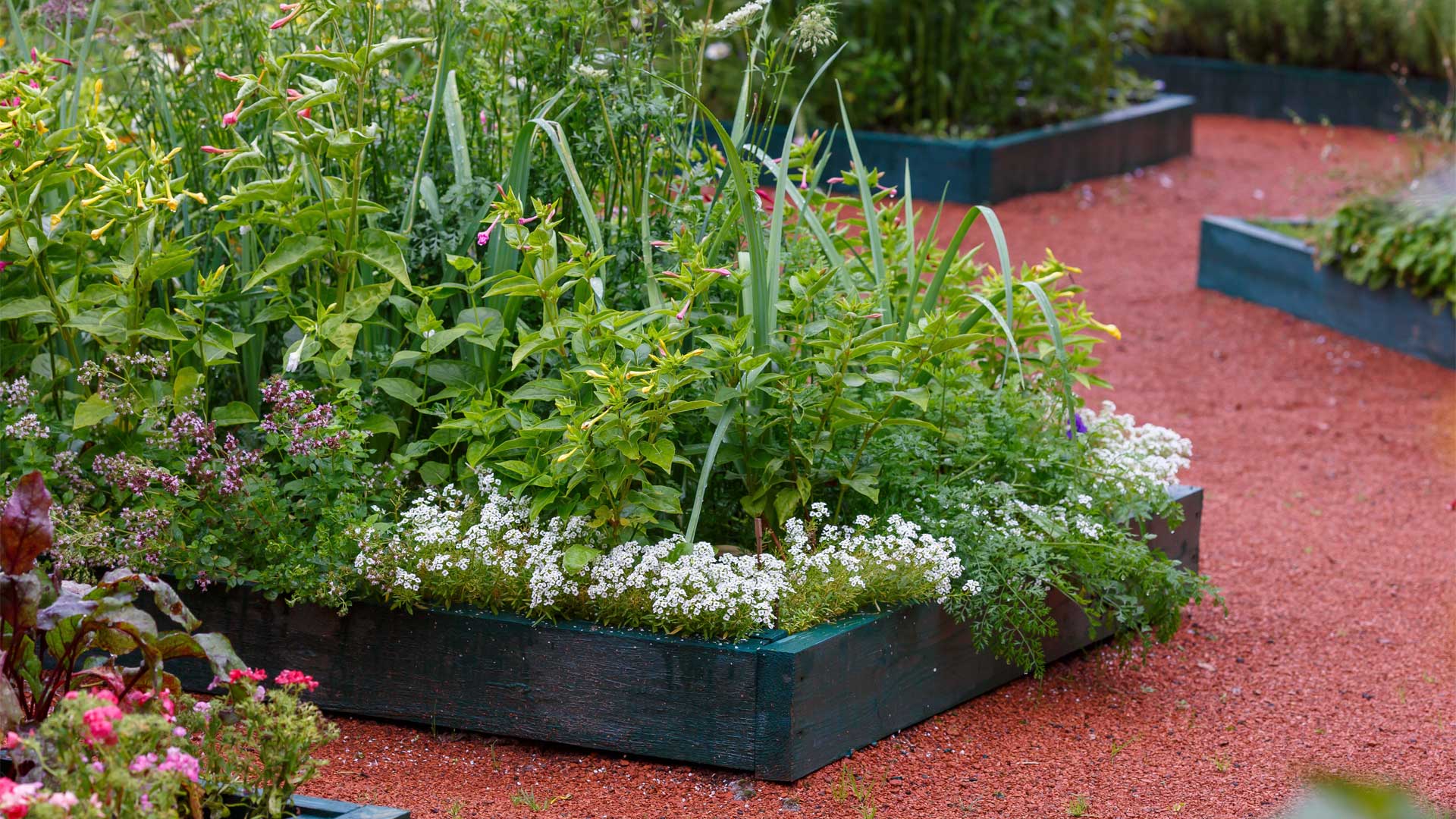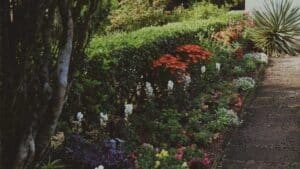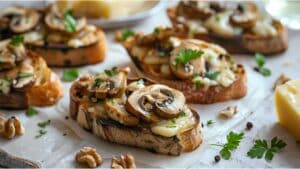An edible flowerbed is a space in your yard where vegetables, fruits, and flowers harmoniously mix to offer a bountiful harvest. To transform your outdoor area by combining beauty and productivity, discover how to enjoy stunning spaces without sacrificing your next homemade soup!
There are plenty of benefits to creating edible flowerbeds at home. Perfect for small yards, edible flowerbeds maximize food production without compromising aesthetics. They are also budget-friendly—say goodbye to buying fresh herbs!
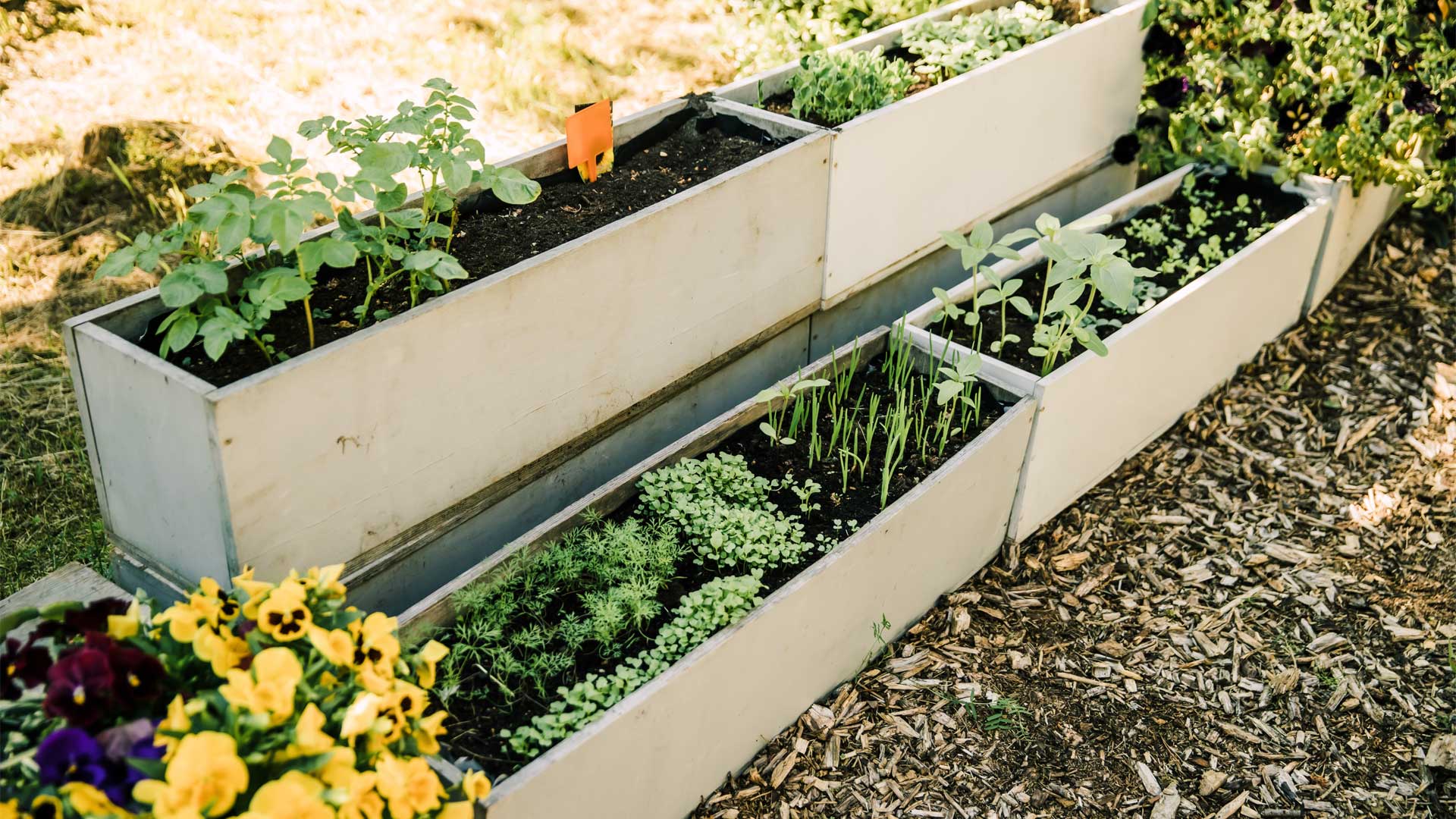
Choosing the right plants
The key to a successful edible flowerbed lies in plant selection. Some thrive in direct sunlight, like tomatoes, peppers, or zucchinis, while others, such as lettuce and spinach, prefer a bit of shade. To add a permanent touch and visually structure the flowerbed, consider fruit shrubs like blueberries or raspberries.
You can also group plants with similar needs to simplify maintenance. For example, vegetables that love rich, well-drained soil can share one section, while herbs and ground covers that tolerate drier conditions can occupy other corners.
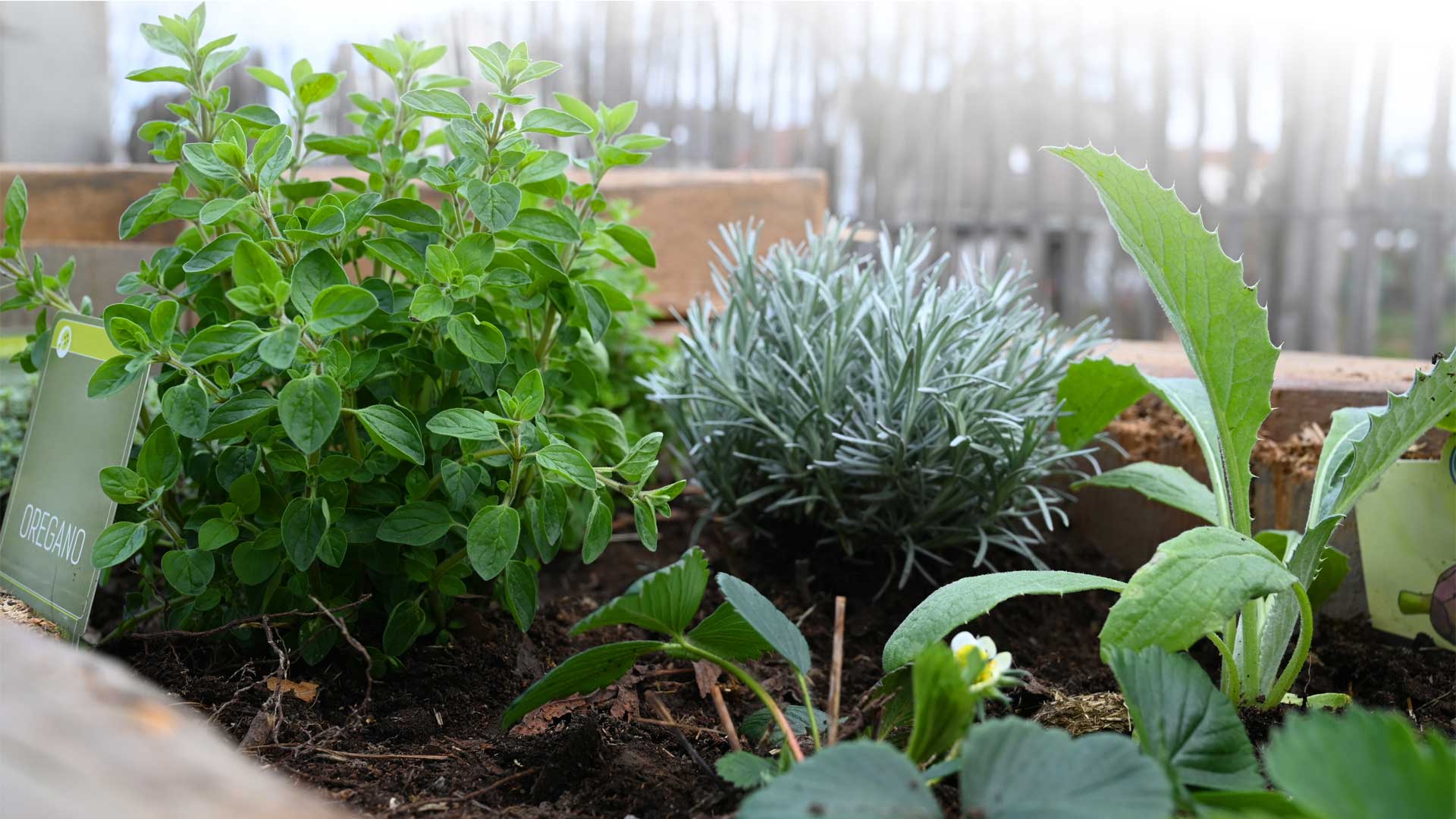
The art of companioning
Like people, plants can either help or hinder each other. Companion planting involves pairing plants that boost each other’s growth. For instance, basil protects tomatoes from harmful insects while enhancing their flavor. Leeks and carrots, on the other hand, protect each other from pests.
However, some combinations should be avoided. Tomatoes and cabbages, for example, compete for nutrients, which can stunt their growth. To prevent mistakes, take the time to check each plant’s compatibility before grouping them. You can easily find charts online that provide an overview of companion plants in organic gardening, highlighting beneficial pairings and those to avoid.
Maximizing space
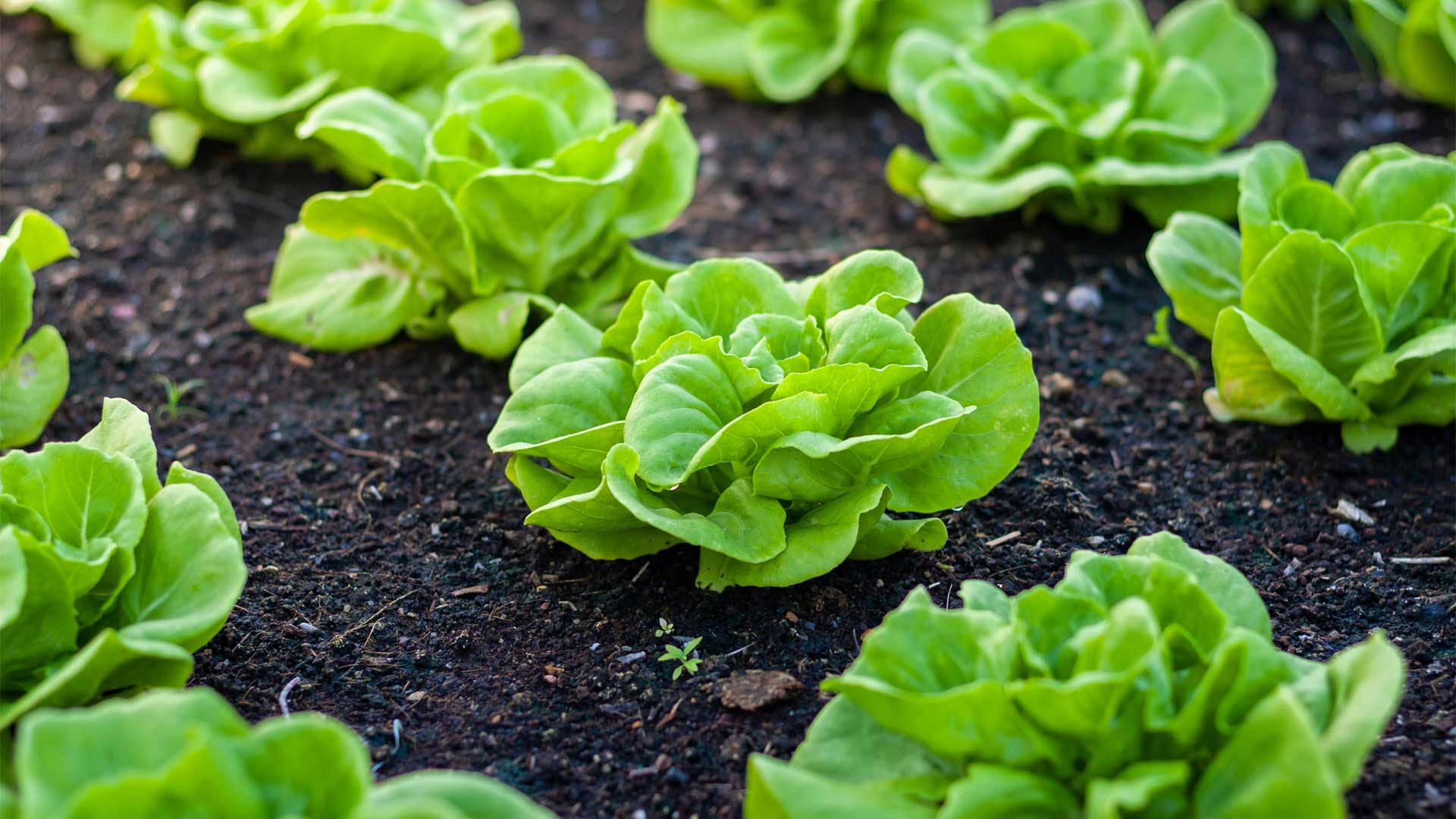
A well-thought-out edible flowerbed makes use of every square inch of available soil. Climbing plants like beans or peas can grow on trellises, leaving ground space for low-growing vegetables like radishes or lettuce. Don’t overlook ground covers like thyme or strawberries, which help control weeds while adding decorative flair.
Some plants, such as carrots or parsnips, send their roots deep into the soil, while others, like leafy greens, stay near the surface. This mix of heights and depths allows you to optimize soil resources.
When aesthetics meet functionality
An edible flowerbed isn’t just functional like a traditional garden—it should also be beautiful. Alternate foliage textures and colors to create a visually appealing effect. The red stems of Swiss chard, purple eggplants, and the bright yellow flowers of nasturtiums can turn a flowerbed into a true work of art.
You can also play with plant heights: low-growing plants in the front, medium-sized shrubs or vegetables in the center, and climbing plants in the back. This creates a visually harmonious structure while making it easier to access your harvest.
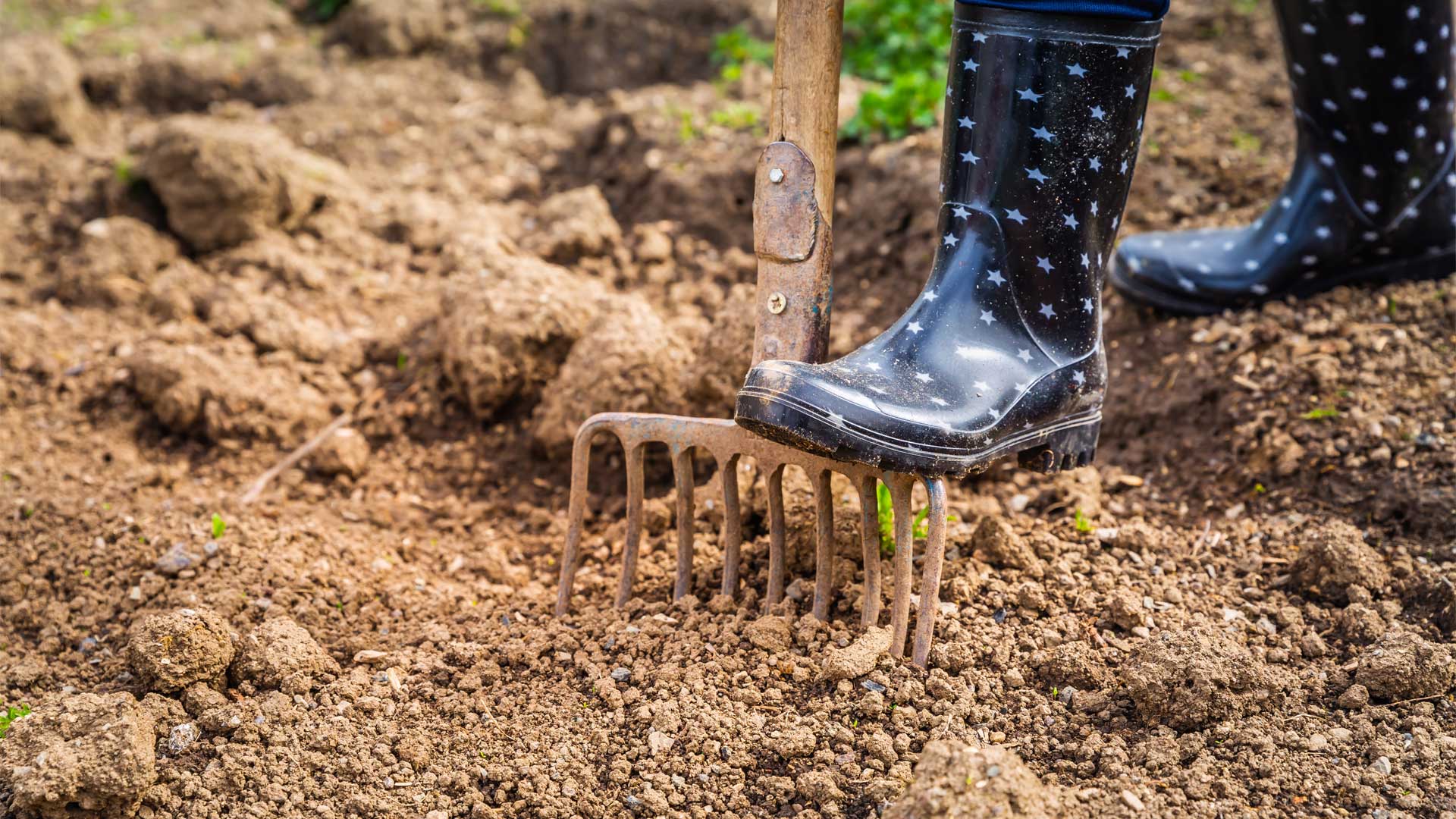
Welcoming pollinators
Flowers aren’t just for show—they attract pollinators essential for vegetables like cucumbers and zucchinis. Add lavender or nasturtiums to your edible flowerbed to welcome bees and butterflies. Some plants, like marigolds or mint, even repel harmful pests, reducing the need for pesticides while protecting your crops. Integrating these natural allies is a simple, effective strategy for a flowerbed buzzing with life.
Planning for every season
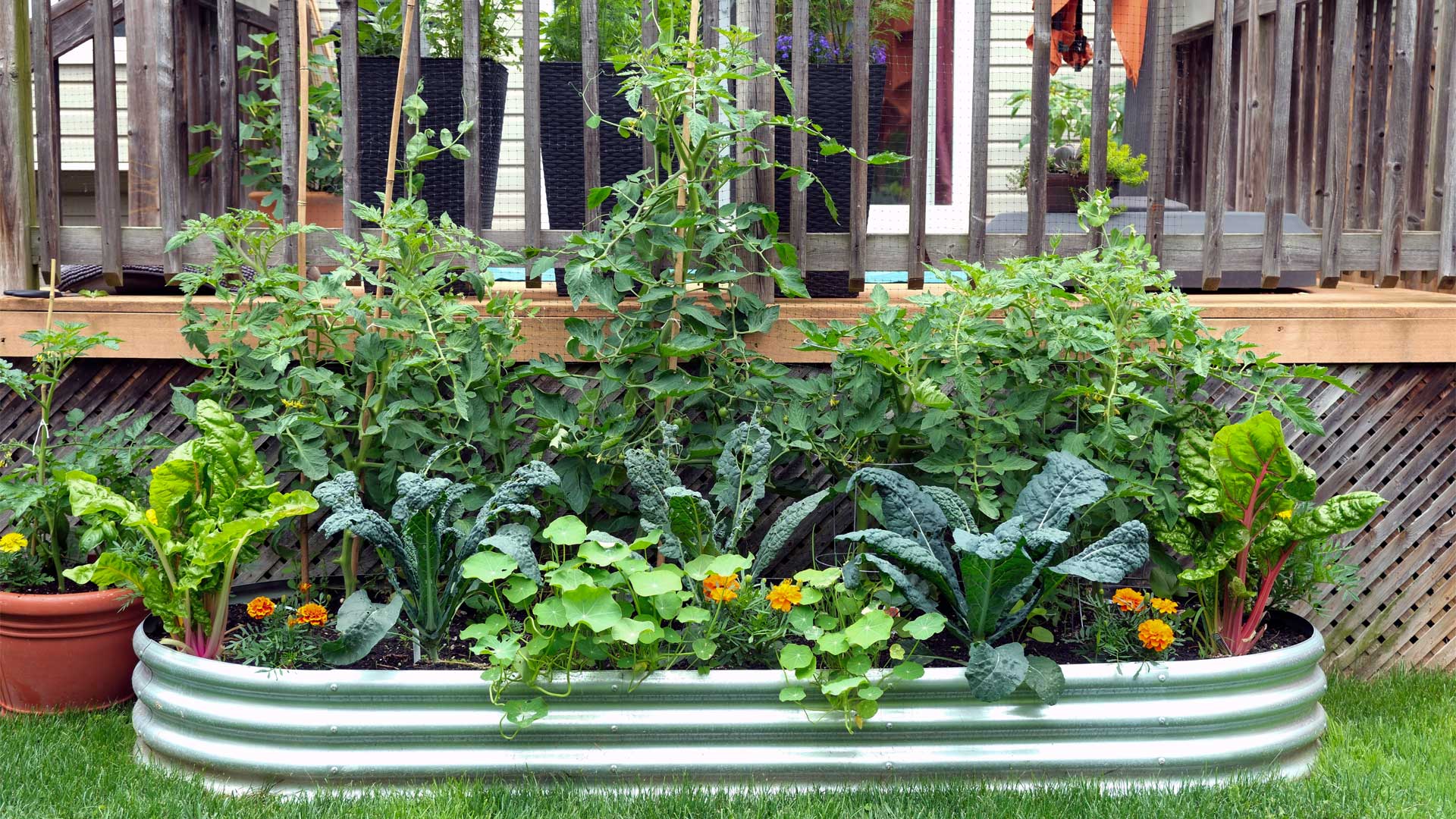
Since harvests vary throughout the weeks, good planning keeps your edible flowerbed productive and beautiful all season long. Fast-growing crops like radishes and lettuce can be sown multiple times during the season. Meanwhile, perennial plants like strawberries or herbs provide a stable structure even in colder months.
Consider diversifying bloom and fruiting periods. Crop rotation helps prevent soil depletion and disease while refreshing the flowerbed’s appearance.
Creating an edible flowerbed is a project that blends creativity, gardening, and gastronomy. By combining edible plants, flowers, and smart gardening practices, you can transform your garden into a space that’s as beautiful as it is useful—while enjoying fresh, abundant harvests. Get started today by checking out our product catalog and planning your layout!

